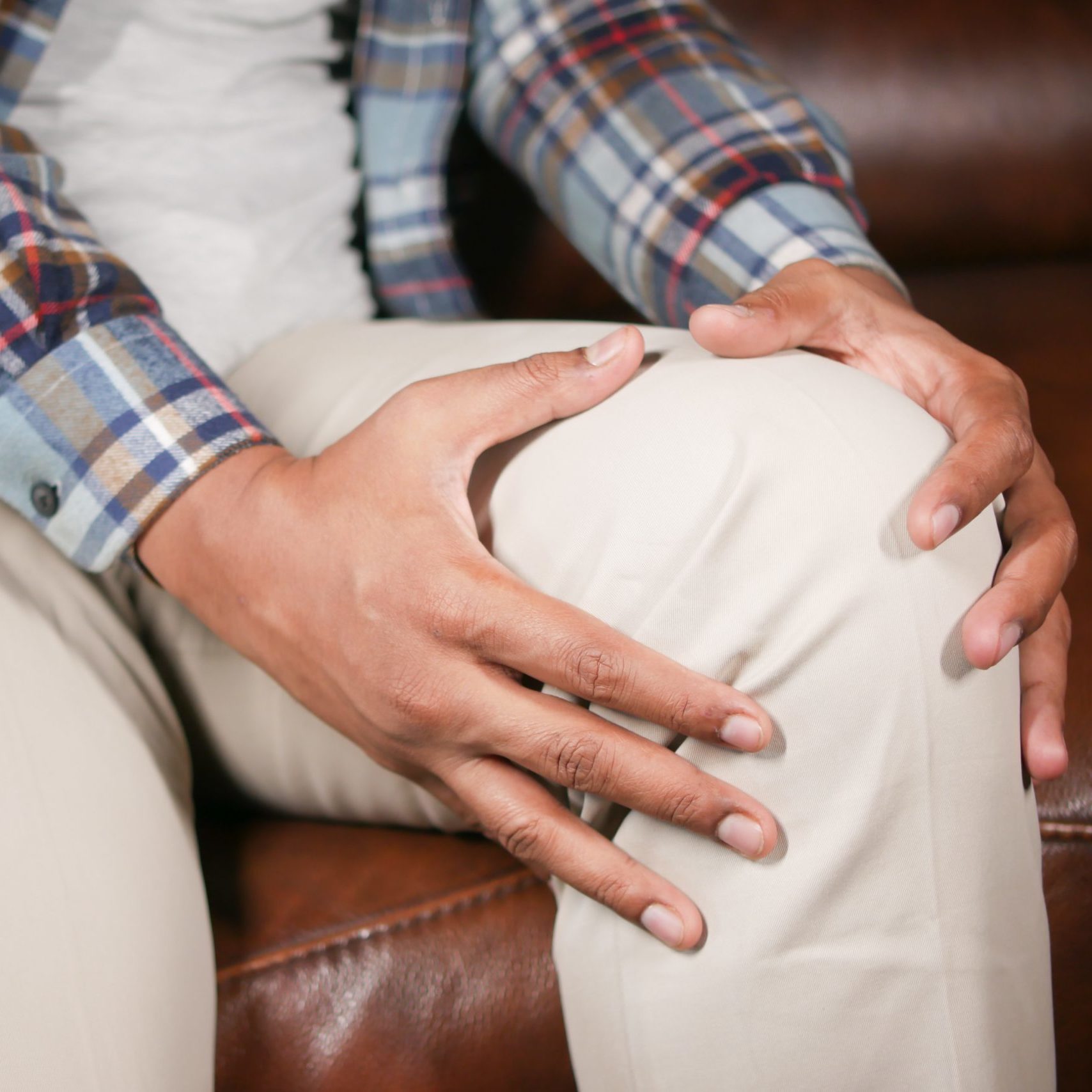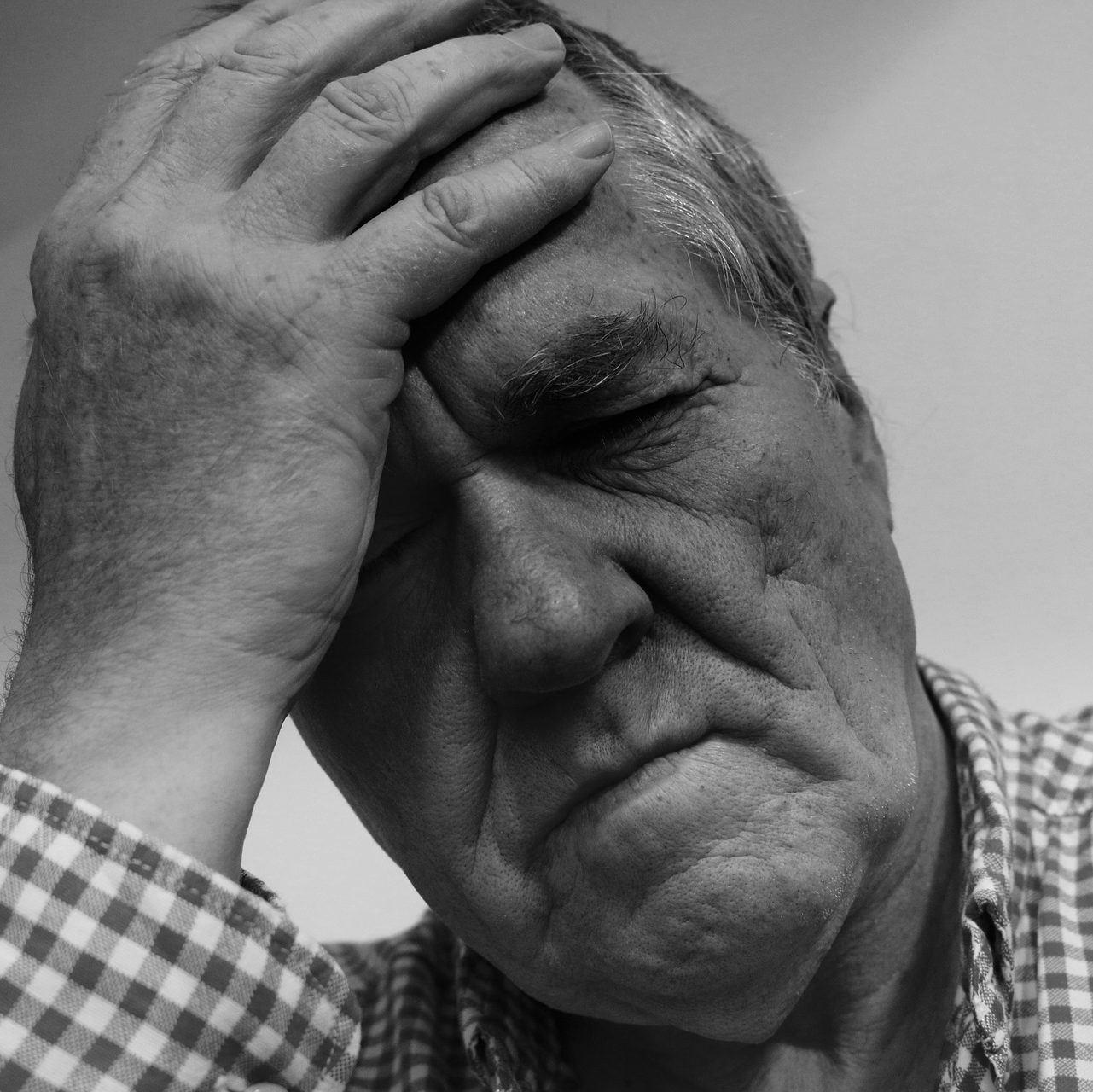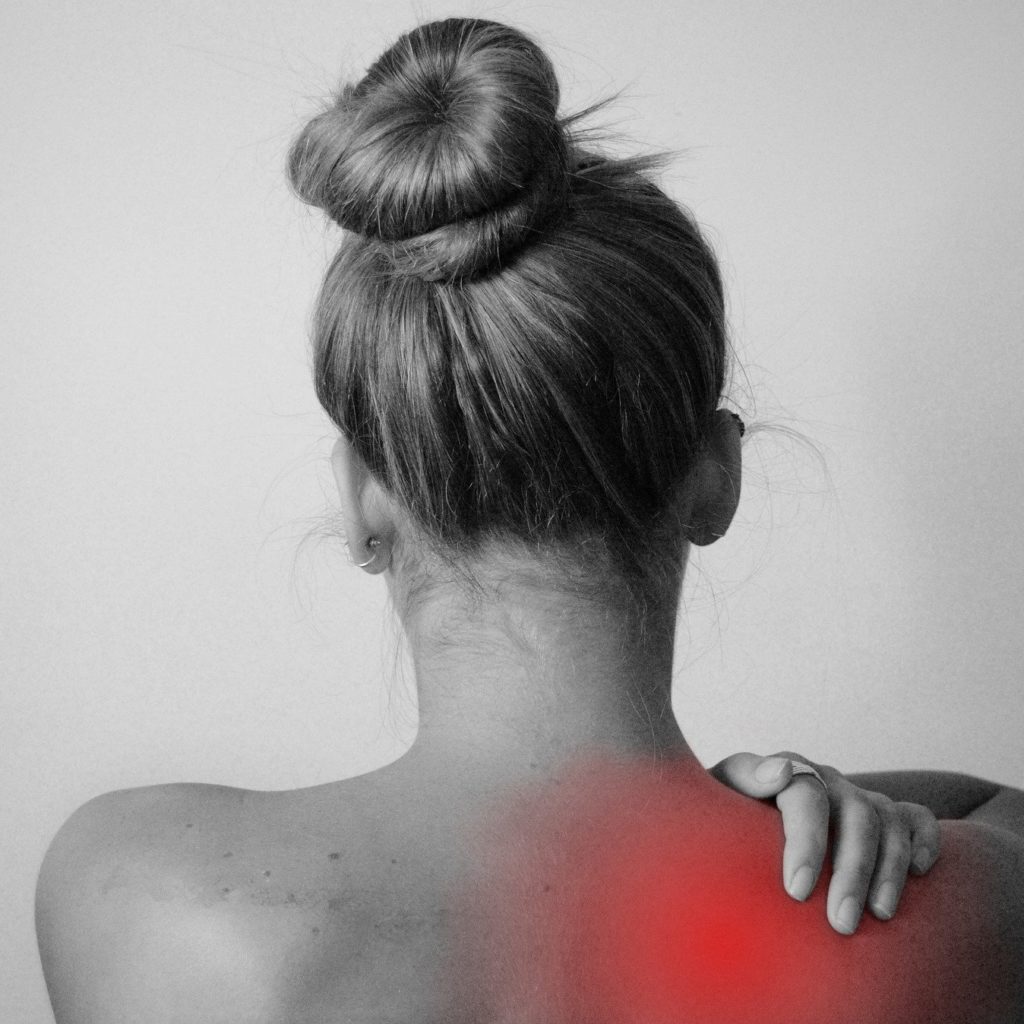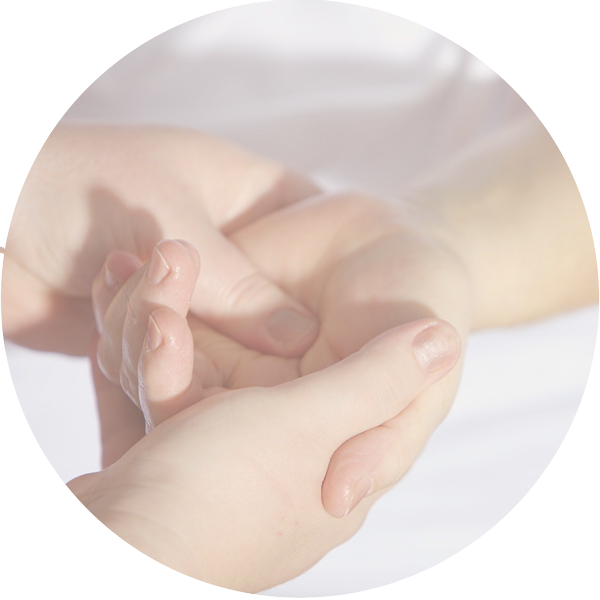A quick, simple and effective tool to support difficulty falling or staying asleep.
Read MoreWhy it works
A mind and body approach
Our bodies are much more intelligent and complex than we ever knew. The view that our bodies are a machine that breaks down is dated. When we focus on one part we miss so much. There are so many factors that influence our health. Our minds and bodies work intricately together. By approaching all aspects of our health and wholeness, we can remove the blocks to natural self-healing.

Anatomy of body & mind
Discover the specific ways that stress and emotions have affected your discomfort.

Personal & targeted
A scientific approach to body and mind that is tailored to you as a unique individual.

Sustainable change
Lasting change from chronic patterns. A view of your health that becomes a tool for life.
The impact of stress on our bodies

It’s commonly accepted now that stress has a major and lasting impact on our physical health.
80% of visits to the GP are in fact stress related*
We might say “it’s just stress”, but research now shows that stress and trauma have a significant effect on our physical health. It’s never “just” stress.
But it’s not just today’s stress that influences our health, any unresolved past stress or trauma gets stored in our body, causing chronic cycles of pain and symptoms.
*Research published in the Journal of the American Medical Association
Residual stress in our body
When we experience trauma, stress or highly emotional events, our entire being experiences it and responds. We can have racing thoughts, strong feelings – and physical sensations (our body adapts).
Although we can see the stress in our life today that is impacting our symptoms, we need to do one of two things to prevent them becoming chronic:
- Fully release and resolve the situation today that is causing us upset to make sure we do not store any of residual stress in our body.
- Release the residual stress from previous cycles to stop further chronic cycles.
If symptoms are recurring, it is a sign that today’s stress is re-triggering residual stress.

20%
suffer with chronic pain. The main issues are: back pain, arthritis, headaches, migraines, joint pain, nerve pain.
60%
of patients with arthritis report trauma at some stage in their lives.
76%
of patients with chronic low back pain report having had at least one trauma in their past.
48%
of people say that they struggle to sleep because of stress.
Beyond symptom relief
Muscular skeletal issues commonly fluctuate. We can become accustomed to living with periods of pain, or times of day when symptoms are worse.
We may use pain relief medications or therapies to help us cope. Pain relief is definitely relieving; it helps us to manage our symptoms and cope. It is brilliant that symptoms can be reduced or kept at bay, but now we can do more. We can go beyond relieving physical symptoms and address the root cause.

The anatomy of stress

There is a new health paradigm emerging that uses a new and very specific anatomy of stress to support healing. Different parts of our body are holding stress in response to our specific experiences.
- Just as our lower back is there to support us at the core, when we feel an overwhelming pressure we cannot support, our lower back can suffer.
- If we feel defeated or humiliated, this can affect our upper back. Consider the slumped forward posture of someone who feels this way.
How we perceive an experience determines which part of the body will adapt and go our of balance in its efforts to help us cope.
By using ground-breaking, evidence-based techniques to address the specific root cause, we create the right conditions for your body to recover. Discover more about the stress response.
Arrange a free chat to find out more
Discover what keeps your symptoms coming back – only positive side effects.
Begin your upward spiral to health and well-being
Mindful touch – listening to the body to support self-healing
Presence and intention through touch create a powerful potential for healing.
Read MoreThe stress response – our bodies natural rhythms
Understand your body's natural rhythm and the signs of imbalance. When we are living in survival mode, or chronic stress,...
Read MoreAn expanded definition of medicine
An evidence-based approach to prevent and reverse chronic disease.
Read More



